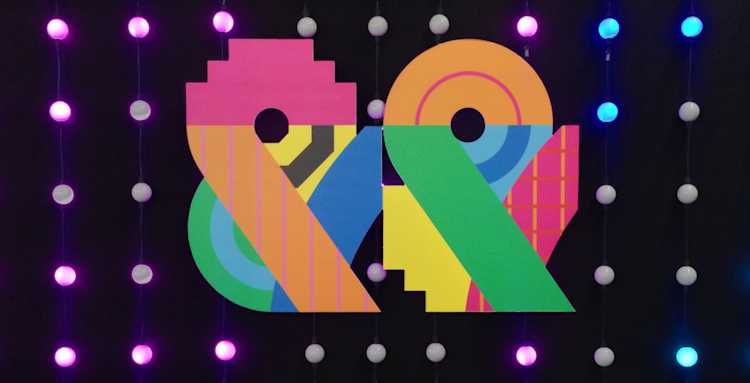Article
When B2B Goes B2C: Bread & Butter 2016

What happens when an industry trade show gets bought by a huge online ecommerce brand? It turns into a festival of brands—or at least that’s the idea. We went to Bread & Butter 2016 to see how fashion retailer Zalando turned B2B into B2C.
Established 15 years ago, Bread & Butter was a fashion trade show for ready-to-wear brands. Held since 2009 in the hangars of Berlin’s Tempelhof Airport, it put Berlin firmly on the fashion map.
Last year, however, Zalando—ASOS’s competitor on the continent—acquired the event. A rebrand followed and a huge marketing campaign began, with the tagline: A Trend Show for Everyone. Out was the exclusivity of the old Bread & Butter, reserved for buyers and those in the industry—the new event was open to the public, showcasing the brands carried by Zalando, and they wanted everyone to get involved.
Promising a mix of everything considered cool in the world of social media and 15-25 year olds, the line-up featured Boiler Room DJs, shows from Topshop and Topman, an appearance from socialite extraordinaire Gigi Hadid, and a performance by A$AP Rocky. Last Friday it all kicked off at Arena Berlin, the show’s new home, and we were there.
The new brand identity was bold, bright, and fitted the “What’s Hot Now” theme. An inflatable playground formed the centerpiece, surrounded by stands from Zalando’s biggest brands.
It was clear that Zalando had thrown all of the money at this event, but I was left confused about its purpose. The Zalando brands are everywhere and on everyone, so they’re not exactly inspiring—I’m already familiar with Adidas, thanks, I don’t need an introduction to the brand. But if it wasn’t about ground-breaking trends, we could at least buy stuff, right? Well, no. Most brands weren’t selling anything either. We were told we could order online at Zalando, and some kind of gimmick was all most brands had to offer.
So why were we there? For most visitors, my guess is that the brands were just a way to kill time before the music and fashion shows, and I know people who bought tickets just to see one headline act. The queue for A$AP Rocky was longgg, and hundreds crowded around Tommy Hilfiger to catch a glimpse of Gigi Hadid (who showed up fashionably late, of course, and did nothing). Maybe these are the real selling points for Zalando’s target group, and I’m just too old for their brand of customer experience.
Beyond the Marni installation (using virtual reality to display their new collection) there wasn’t much to get excited about. It felt like a huge missed opportunity: thousands of people in one place, wanting to be inspired, buy things, and get their hands on some new trends, but instead all we got was a pin badge and sense of disappointment. Or at least I did.
It really was a trend show, and fashion just happened to be a part of it. Zalando tapped into every “cool” thing possible—brands, socialites, rappers, DJs—and threw them together in a branded package. There’s no denying it looked good (and tickets sold out) but in creating this consumer festival and bringing all the “nowness” together, I can’t help but feel Zalando missed a trick. It’s not a trade show for industry buyers anymore, so it could’ve focused on real life consumers with a genuine interest in fashion. Instead, it felt like soulless window shopping with some celebrities thrown in.
What did it achieve for Zalando? Everything about the event was “now”, so they did achieve something: proof they know what’s hot, have their finger on the pulse, and can market to their target group. But whether it was a great brand experience or just an exercise in appealing to the masses, I’m not so sure. We got free macarons though, and the pin badge is pretty cute, so I guess it’s not all bad.